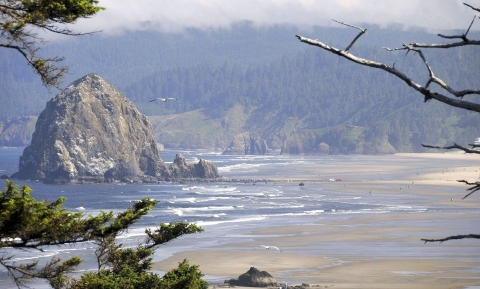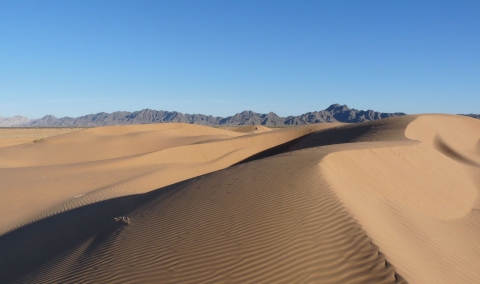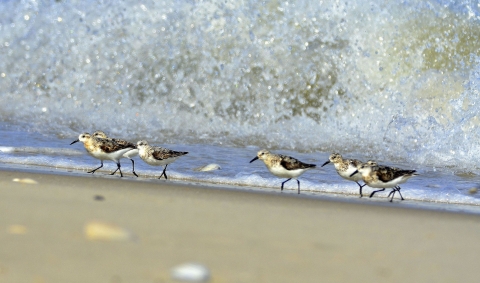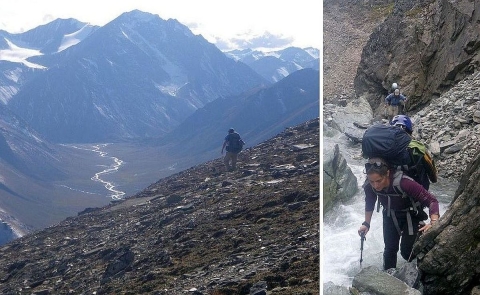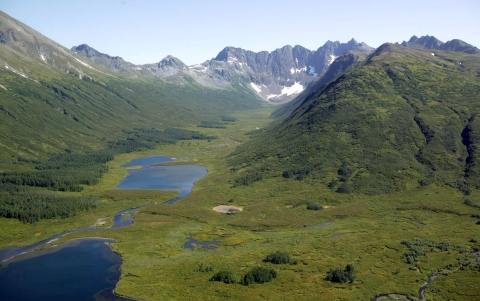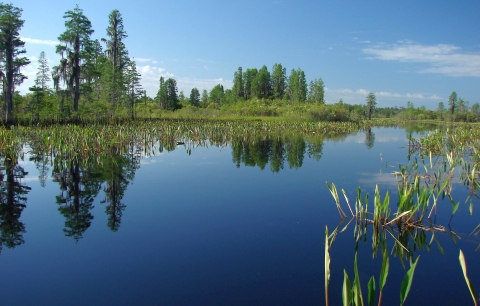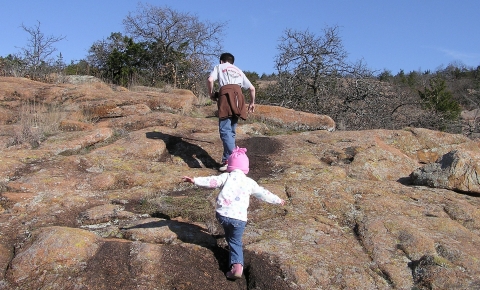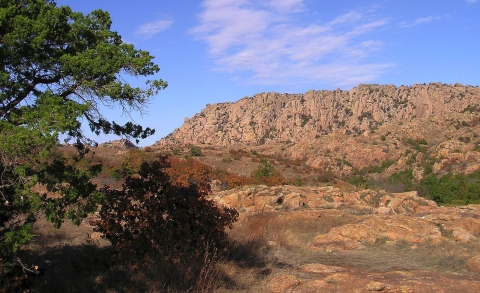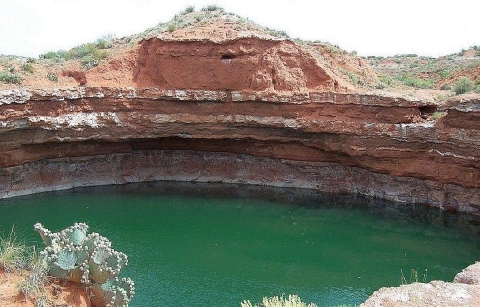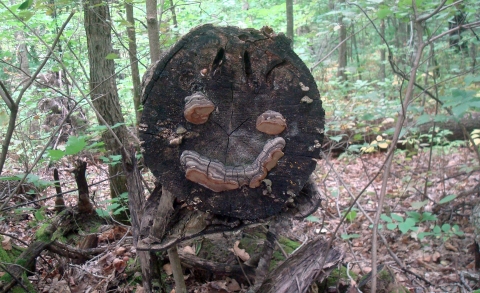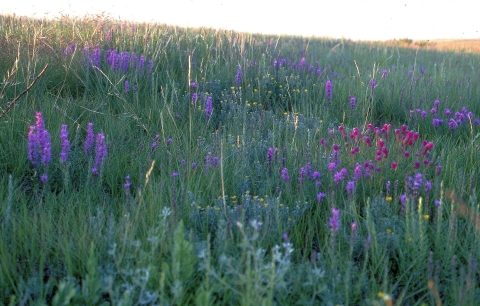There are conserved public lands and waters, and there is wilderness. Wilderness is a category unto itself.
Wilderness is land and water designated by Congress for special protection under the Wilderness Act of 1964. Designated wilderness is untrammeled … primeval … natural.
Here, in the Wilderness Act, is a definition of wilderness: “A wilderness, in contrast with those areas where man and his own works dominate the landscape, is hereby recognized as an area where the earth and its community of life are untrammeled by man, where man himself is a visitor who does not remain … An area of wilderness is further defined to mean in this Act an area of undeveloped Federal land retaining its primeval character and influence, without permanent improvements or human habitation, which is protected and managed so as to preserve its natural conditions …”
Practically speaking, that means land managers must strive to use, to the extent possible, non-mechanized methods in overseeing wilderness areas – no heavy machinery, cars, trucks, aircraft, roads, landing pads, loud noises or new structures. In the lower 48 states (with rare exception), visitors must walk, ride on horseback or paddle into wilderness with minimal provisions and carry everything out. Laws in Alaska recognize use of motorized vehicles so that living with and from the land may continue.
In the United States, there are 803 designated wilderness areas comprising more than 111 million acres in 44 states and Puerto Rico. The U.S. Fish and Wildlife Service is one of four federal agencies with stewardship of designated wilderness. The others are the Bureau of Land Management, the U.S. Forest Service and the National Park Service.
The Fish and Wildlife Service manages more than 20 million acres of designated wilderness in the National Wildlife Refuge System. There are 75 wilderness areas on 63 national wildlife refuges in 26 states.
About 90 percent of Refuge System wilderness acreage is in Alaska. Graduate student Jennifer Johnston is an outdoor recreation planner at Denali National Park and a former intern at Togiak National Wildlife Refuge in Alaska.
“It’s a cliché, but I find that designated wilderness is different from other public lands in a similar way that a church is different from other buildings,” Johnston says. “To a much greater degree than other public lands, wilderness requires restraint: limitations on what you can and cannot do.”
“The Togiak Wilderness is special because it is such a clear demonstration that wilderness does not necessarily mean ‘no people.’ People have been using that area for thousands of years, and those relationships continue today,” Jennifer Johnston says. “The Togiak Wilderness has incredibly beautiful lakes and rivers that support one of the most productive salmon populations on the continent. I think the message that people and wilderness can co-exist is one that more people need to hear, and it is shown so clearly in the Togiak Wilderness.”
“Every wilderness area wilderness area
Wilderness areas are places untamed by humans. The Wilderness Act of 1964 allows Congress to designate wilderness areas for protection to ensure that America's pristine wild lands will not disappear. Wilderness areas can be part of national wildlife refuges, national parks, national forests or public lands managed by the Bureau of Land Management.
Learn more about wilderness area and wilderness experience is different,” says Allison McCluskey, a U.S. Fish and Wildlife Service realty specialist and former Refuge System Wilderness Fellow. “Some wilderness areas are closed to the public so the wildlife can flourish, while others may have multiple established campsites for regular backpackers. Some people visit wilderness for hunting and fishing opportunities, or for a spiritual connection with the earth, or perhaps they don’t visit at all but nevertheless value its existence – and these are all important uses.”
Jim Stone, president of the Friends of the Wichitas, regularly visits Wichita Mountains Wildlife Refuge wilderness in Oklahoma. Those visits, Stone says, “recharge something within my DNA that makes me not only feel better about myself, but also makes me more aware of my relationship to the natural world. I know geologically I’m inconsequential, yet what I do within the wilderness area — coupled with my efforts to conserve and protect those areas — will have a profound effect on the ability of future generations to experience what I am able to experience today.”
Stone points out that “it is incumbent on everyone to fully understand how to protect themselves, the natural environment and others when experiencing the great outdoors” — designated wilderness in particular. He suggests Leave No Trace is the perfect place to acquire or reinforce that understanding.
Bobby Williamson, a member of the Friends of the Wichitas, also visits Wichita Mountains Refuge wilderness a lot. To Williamson, wilderness seems “like it has never been explored before … I’m seeing it like my grandparents did ... And I always tell folks what makes the Wichitas special is that they have character. The red cedar, granite and diversity of wildlife are to die for.”
“I think of the phrase ‘the Wild West’ – and, to me, the wilderness experience remains wild, meaning that the land is for all to enjoy but remains untouched in many ways,” says Jimmy Masters. He is a Friends of Bitter Lake board member who frequents the wilderness at Bitter Lake National Wildlife Refuge in New Mexico. “There is something that is just aesthetically pleasing about the land not only on the surface but what’s hiding and waiting to be discovered. I also feel that the designated land gives people a greater respect for it.”
Morgan Gantz, a former Refuge System Wilderness Fellow who is now a park planner with the National Park Service, reports that several years ago when she led visitors on a photo safari through the wilderness at Tamarac National Wildlife Refuge in west-central Minnesota (above), “we saw critters, and the forest even smiled at us!”
Mollie Beattie served as director of the U.S. Fish and Wildlife Service from 1993 until her death in 1996 at age 49. Beattie encapsulated the essence of American wilderness when she said: “What a country chooses to save is what a country chooses to say about itself."


